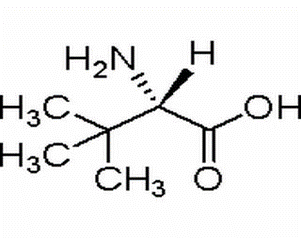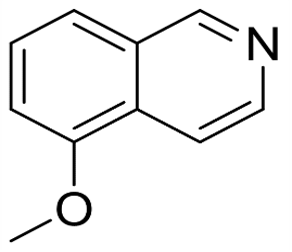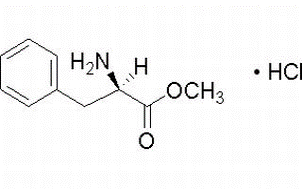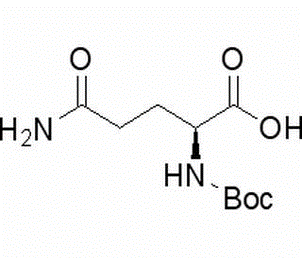Cyclohexylamine(CAS#108-91-8)
| Risk Codes | R10 – Flammable R21/22 – Harmful in contact with skin and if swallowed. R34 – Causes burns R62 – Possible risk of impaired fertility R24 – Toxic in contact with skin R22 – Harmful if swallowed |
| Safety Description | S36/37/39 – Wear suitable protective clothing, gloves and eye/face protection. S45 – In case of accident or if you feel unwell, seek medical advice immediately (show the label whenever possible.) S1/2 – Keep locked up and out of the reach of children. S26 – In case of contact with eyes, rinse immediately with plenty of water and seek medical advice. |
| UN IDs | UN 2357 8/PG 2 |
| WGK Germany | 1 |
| RTECS | GX0700000 |
| FLUKA BRAND F CODES | 10-34 |
| TSCA | Yes |
| HS Code | 2921 30 10 |
| Hazard Class | 8 |
| Packing Group | II |
| Toxicity | LD50 orally in rats: 0.71 ml/kg (Smyth) |
Introduction
Cyclohexylamine is an organic compound. The following is an introduction to the properties, uses, preparation methods and safety information of cyclohexylamine:Quality:- Appearance: Colorless liquid- Smell: Fishy smell- Density: 0.862 g/cm³- Soluble in water and miscible with a variety of organic solvents.Use:- Can be used as a metal corrosion inhibitor, stabilizer, and rust inhibitor.Preparation method:- Core Steps: One of the preparation methods for cyclohexamines is through hydrohexadiene, which is the reaction of cyclohexene with hydrogen under the action of a catalyst.- The reaction can employ catalysts such as platinum hydride or nickel hydride.Safety information for cyclohexylamine:- Cyclohexylamine is irritating and may cause irritation to the eyes, skin, and respiratory tract.- Long-term exposure to cyclohexylamine may have negative effects on the nervous system and liver.- Immediately after contact with cyclohexylamine should be washed and rinsed with plenty of water if it gets into the eyes for at least 15 minutes.- Appropriate protective gloves, safety glasses, and a protective face shield should be worn when using cyclohexyamide.- When storing cyclohexylamine, it should be stored away from fire and oxidizing agents in a cool, ventilated place.





![1,3-bis[3-(dimethylamino)propyl]urea](https://www.xinchem.com/uploads/13bis3dimethylaminopropylurea.png)


